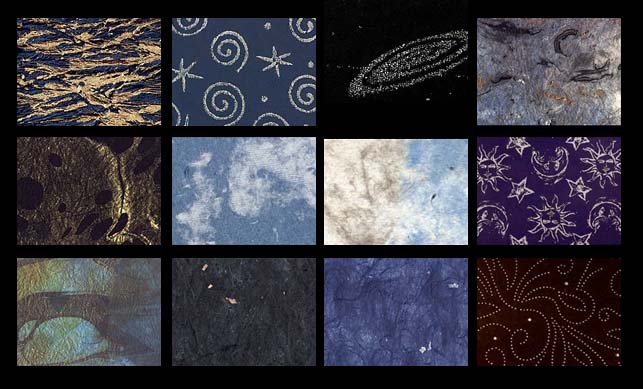

| HOME | STYLE | ARTICLES | RESOURCES | DIRECTORY | SITE MAP |
The Spirit of Matobo In 1868 Mzilikazi died in the hills and was laid to rest there
in a walled-up cave with his wagons and personal effects. He was
succeeded by his son, Lobengula.
To this day Njelele is one of a number of hills that no Matabele should point at, lest ill befall him. The Mlimo is credited with formenting much of the anger that led to the Matabele Rebellion. In 1893 an armed column raised by Rhodes' Chartered Company had driven Lobengula from his royal headquarters at Bulawayo. When the rebellion erupted the white settlers gave no thought to leaving the area. A laager was built in the centre of Bulawayo and mounted patrols under legendary figures such as Baden-Powell and Selous rode out to suppress the revolt. It is estimated that up to 50,000 Matabele took refuge in the Matobo Hills, which were the scene of fierce fighting. A great deal of the pottery and artefacts found on cave floors and most of the clay grain bins in the hills are remnants from the rebellion era. There are other reminders too - bronze plaques dotted here and there in the bush mark the location of armed forts or brief skirmishes. When a truce was finally called, the Matobo Hills were the scene of the peace talks or "indabas" between Rhodes and the Matabele chiefs. Later the bodies of Rhodes' right-hand man Leander Starr Jameson, Southern Rhodesia's first Prime Minister Charles Coghlan and the members of the Shangani Patrol who died in the pursuit of Lobengula, were also interred on the hill. Another of Rhodes' decrees was that his land in the Matobo Hills should be given to the nation for recreational use. Thecentral Matobo area became known as the Matopo National Park, although it had not formally been declared as such. In 1946 it was handed over to the government Department of Irrigation to develop for public use. Controversially, because it was overpopulated and overstocked, hundreds of families had to be removed. In 1953 an area of almost 250,000 acres was officially proclaimed a National Park. The control of this was later given to the Department of National Parks and Wildlife Management and the section to the West of the Kezi Road was game-fenced and designated a game park. The hills, because of their thick vegetation and abundant water, had always supported a high population of animals and birds, but hunting , trapping and other human pressures had taken their toll. Giraffe, zebra and some of the previously common antelope were seldom seen. The white rhinoceros, portrayed in cave paintings throughout the area, was no longer to be found. Under National Parks' protection, wildlife flourished. White rhino were successfully reintroduced. The hills are now home to the country's largest population of white and black rhino and the game park is designated an Intensive Preservation Zone for their protection. |
Copyright 2026, africanstylegallery.com All rights reserved.
|
